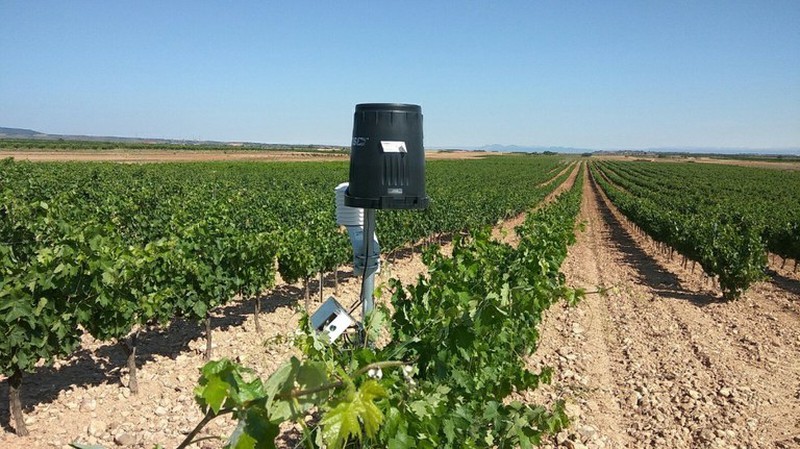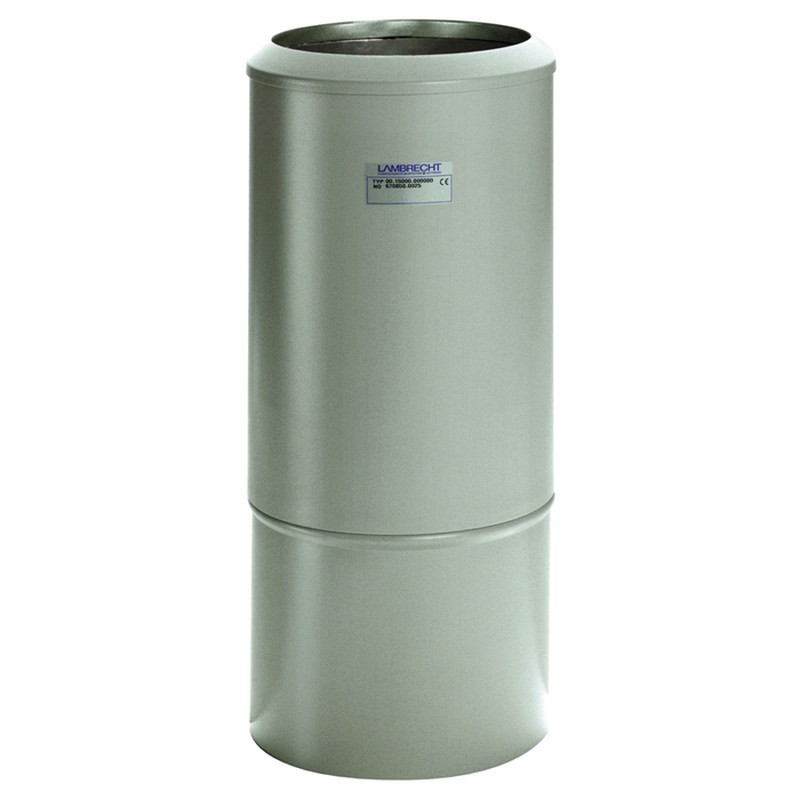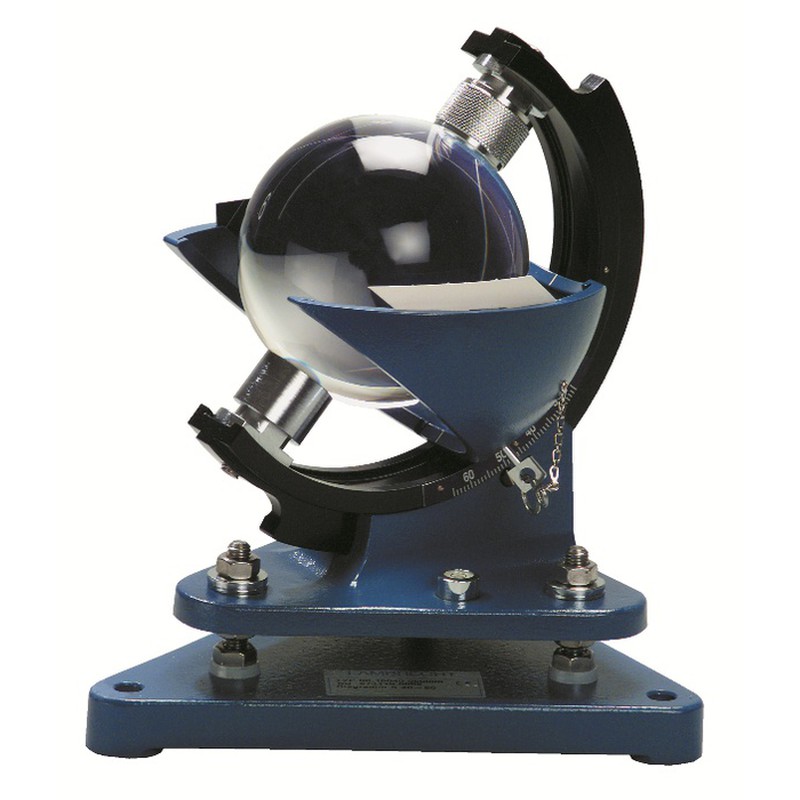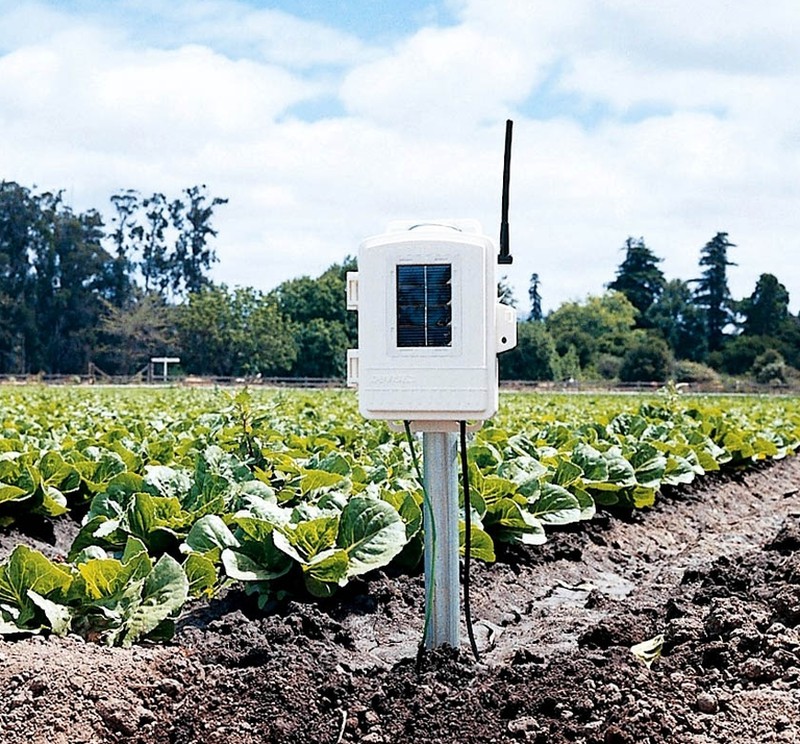Meteorology and agriculture
Control of meteorological and climatic variables is essential for agriculture, in order to achieve maximum crop production

Plants and by extension crops depend 100% on the environmental conditions to be able to develop properly. All soil and environmental parameters can become a limiting factor for growth if certain critical limits are exceeded.
In agriculture, the control of:
- Temperature
- Pluviometry
- Relative humidity
- The radiation
Other meteorological factors, such as wind, can also be decisive in the case of very high streak values or those associated with a storm. In the event of a storm, another critical factor is hail.
To control all these variables we use the meteorological instruments, either the traditional analogue or the current and modern automatic meteorological stations. The purpose is to know the values of each variable in real time and to be able to anticipate those critical or risk values for our crops.
Another purpose is that of climate control, that is, the "normal" behavior of meteorological variables for 30 consecutive years, which serves for the climatic characterization of a specific place or also a region.
The meteorological instruments for agricultural purposes should be installed between 1.5 and 2m above ground level in those environmental sensors. In other sensors it can be installed on the ground surface or even underground.
In temperature we consider risk values those that directly affect the development of the plant and can even kill the crop. Very low temperature values, below 0, will always be more dangerous for a vegetable, when frosts have a notable influence on the early stages of growth. If internal tissues and cells freeze, they rupture and cause necrosis or cell death.
Certain trees and plants depend directly on the accumulated cold or heat hours (degree-days) to ensure good production. A very clear example is the fruit trees.
Precipitation is directly related to water availability, therefore a lack of rain implies a drought situation, which will significantly affect the growth of the plant. Without water, crops perish.
Certain variables can serve us for the more specific control of critical parameters for the development of pests and diseases. One of these variables is relative humidity .
We know that with high humidity values, pathogens, be they fungi or bacteria, have a very good breeding ground to develop. Especially in times of abundant rain, an effective humidity control can avoid major ills.
Other variables to highlight are wind and solar radiation . The wind affects when the streaks are extreme, and not so much in the growth as in the fall of the fruits and the breaking of branches or lying down of ears of grain. Solar radiation can have effects at both low and high levels, radiation is essential for photosynthesis and plant growth, but an excess can cause dehydration and leaf burns.









Opinions of our clients
Receive our news